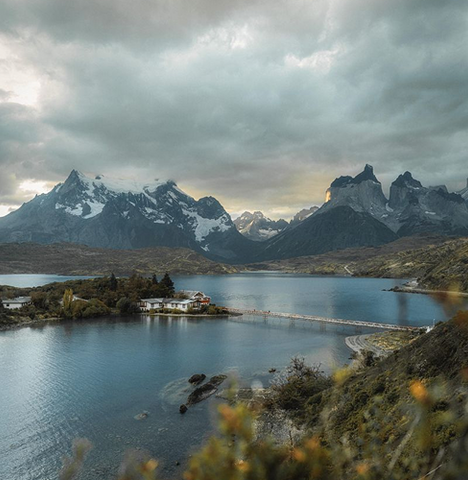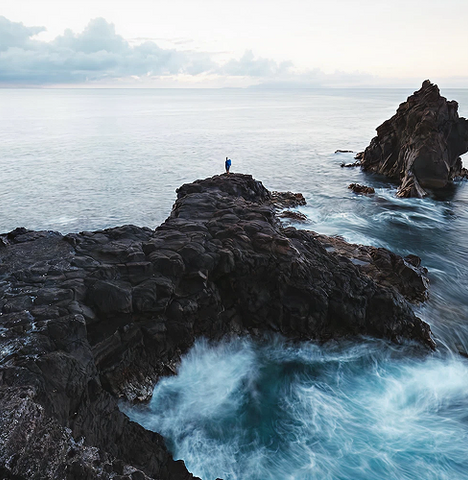Shooting interiors can create many challenges for photographers with all of the different light. Direct sunlight, indirect ambient light, overhead lights, lamps…you get the idea. You also can have many different surfaces that absorb or reflect the light in different ways. Desks, couches, TVs, coffee tables, wood headboards, painted walls…yup, there is a lot. As such, it is just as important to control all of the light sources as it is to control how the light interacts with all of the different surfaces in a room. Not only is it important in some cases to add artificial light to architecture photos, but it is just as crucial – if not more so – to use filters to control all of the different elements of an interior photograph. To illustrate why I use filters for interior architecture photography, let’s walk through a photo.
I was asked to shoot the interior of a room that had been recently renovated at a hotel in my hometown of Atlanta, Georgia. This room provides a great example of why it is important to use filters when shooting interior architecture photography.
What you see above you is the ambient only base image that I used to build the rest of the photograph. There is significant glare on the coffee table as well as on the wood headboard around the lamp. Most people think about using polarizing filters for their exterior photography to reduce the glare on water. Polarizer filters work just as well for interior photography to eliminate glare on most surfaces (note, they won’t work on unpolished metal). The nice thing about a circular polarizer for architecture photography is that with a quick rotation of the filter, you can eliminate glare in multiple locations. Two quick photographs using this method can then be blended together in photoshop and you have a “clean” image, free of glare that you can now deliver to your client. On this shoot, I used the Tiffen Company Digital HT Circular Polarizer to achieve my results. In fact, this filter never comes off when I am doing interior architecture photography.
Another trick for interior architecture photography is to use a sheet of neutral density (ND) to wrap around a bright light. This process can be time consuming and expensive. Look at the below image. The only difference between this photo and my base image is that I have turned on the lights – I didn’t touch the camera settings. Look how bright the lights are, they are completely blown out and create an image that is undeliverable to a client. Instead of messing around with my camera settings or wrapping lights with gels, I just held up my Tiffen NATural ND filter. The Natural ND filters by Tiffen don’t have any color cast to them so they are perfect in this situation as no color correction is necessary in post-production.
I now have a properly exposed image with no glare and lights that have detail. By using a circular polarizer, I was able to control how the natural light coming into the room interacted with the furniture. In this case, eliminating the glare on the coffee table. I then used my ND filters to create a natural looking feel to my photograph with the lights turned on. They have the amount of detail you would expect if you were to walk into this room with the lights on during the day. The Tiffen NATural ND filters saved me time on-site as I didn’t have to wrap the lights with a sheet of ND or adjust my camera settings. It also made my post-production blending more efficient.
Do you use filters for your interior photography? Let me know as I’d love to hear how others are creating amazing images for their clients.
Gear Used on this Shoot:
- Tiffen Digital HT Circular Polarizer
- Tiffen NATural Neutral Density Filters
- Interfit S1 Monolights
- Canon 5D Mark IV with 24mm Tilt Shift Lens
- Davis and Sanford Tripod
- Camranger Wireless Transmitter



